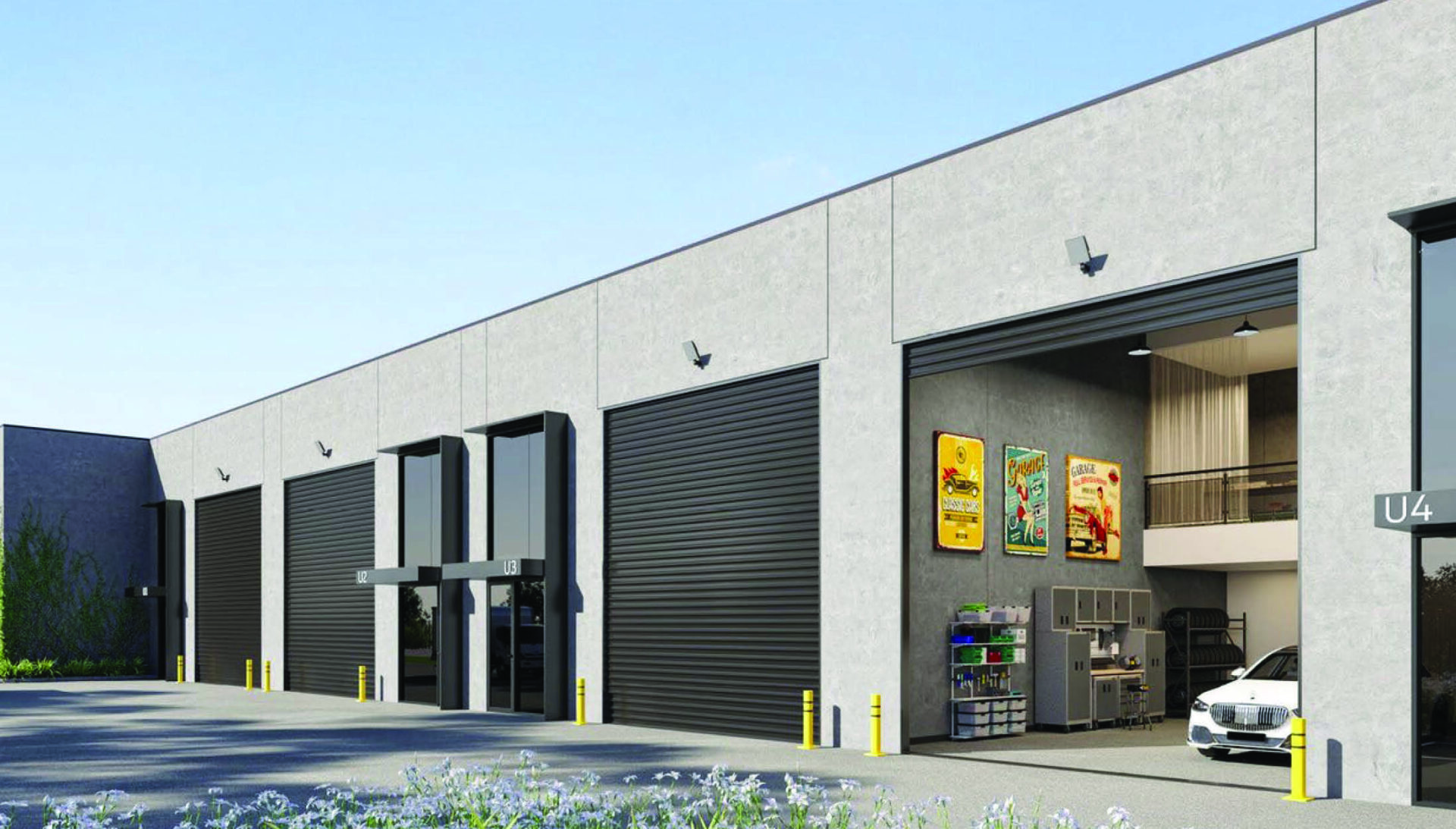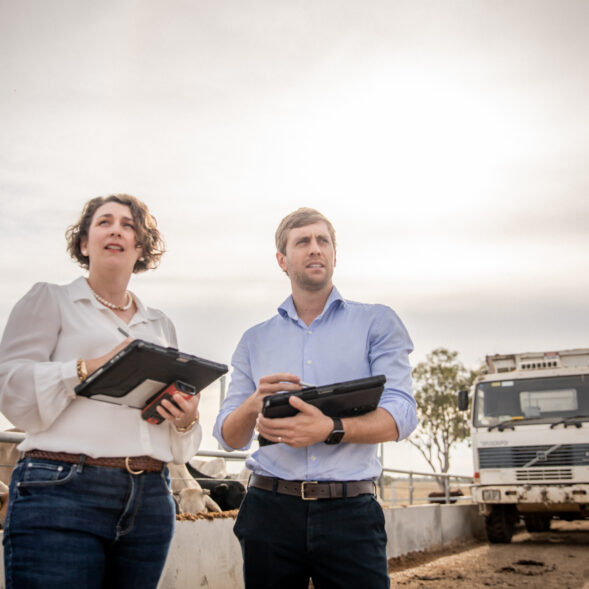While the industrial sector has been impacted by the ongoing effect of inflation and global economic challenges, the forecast of 2.5 per cent population growth contributes to solid fundamentals for the sector. The expectation of continued rental growth is easing, and yields are continuing to soften nationally, a trend that began in early 2022 correlated to the increasing interest rate environment. Even so, demand from owner-occupiers remains high. The limited availability of existing accommodation has subdued relocations, land is scarce and construction costs remain high.
The surge in demand witnessed over the past two years is still making its way through the supply pipeline, leading to a rise in speculative (non-pre-committed) construction across the country. Over time, this will bring the overall industrial vacancy rates closer to long-term trends. However, this is likely to prompt a more cautious approach, with developers seeking pre-commitments before commencing approved projects.
The rental market in Sydney is showing signs of easing as the supply-demand balance approaches equilibrium. However, the industrial market within metro Sydney has seen some of the most aggressive rental increases in the country. Similarly, the rate of rental growth has stabilised in Melbourne, though it remains strong in certain areas in the south-east and the new supply has been largely speculative.
Conversely, strong supply is reported in Brisbane, fuelled by strong tenant demand and subsequent pre-commitments. As a result of this dynamic, rental growth remains strong. The introductions of the 34,880 square metre Woolworth facility at the Yatala Estate and the 14,000 square metre pre-commitment by L’Oreal in Redbank are examples of this.
The Adelaide picture is counter to long-term trends with limited land supply resulting in opportunistic acquisitions by owner-occupiers looking to secure for future expansion and investors seeking to land-bank. Significant uplifts in land values have been recorded in the inner west and east, where land is the scarcest, though this has been echoed throughout the north and east. The supply has continued to decline, reflecting the reduction in construction activity over the past two years due to supply-forced delays, and the pipeline is more upbeat, with analysts reporting an increase in future supply. Continued high rental growth and a limitation in the current supply provide a strong fundamental within this sector.
The industrial market in Perth remains strong, with high prime yields coupled with low vacancy and strong demand underpinning the increased rental growth, which offers solid fundamentals for investors. Notwithstanding, the supply line is mainly speculative, signalling the easing of rental growth as vacancy levels return to long-term trends as the supply comes online.
Chris Winter










